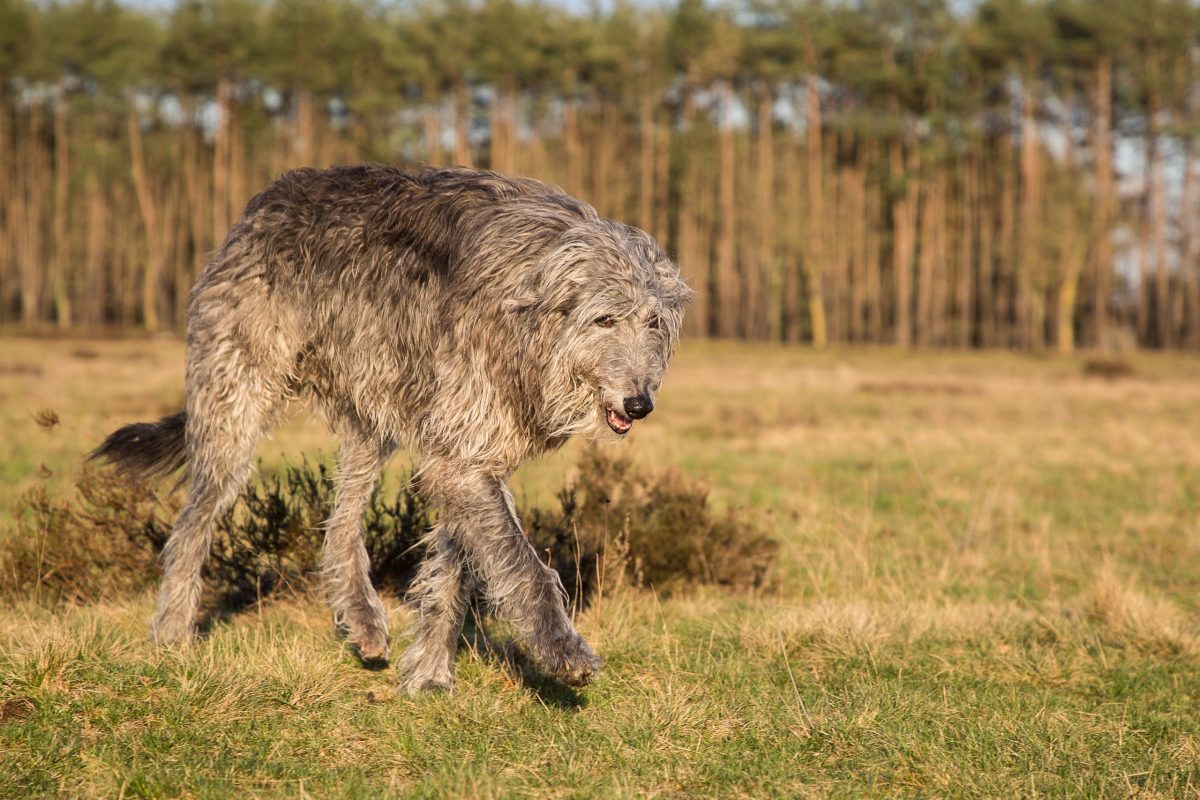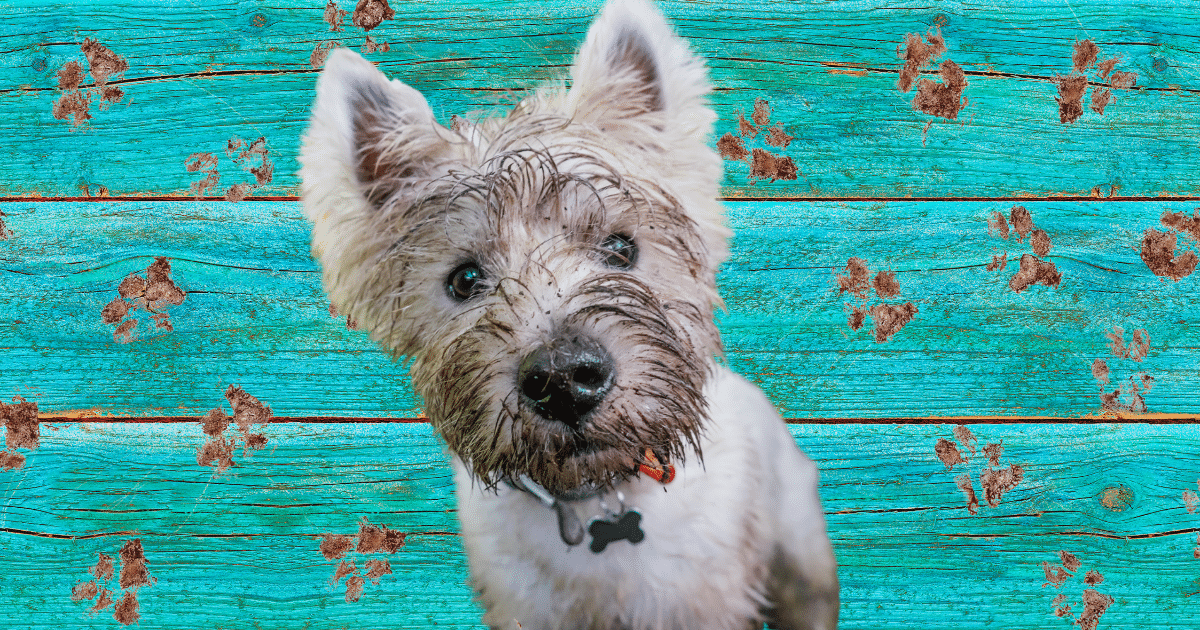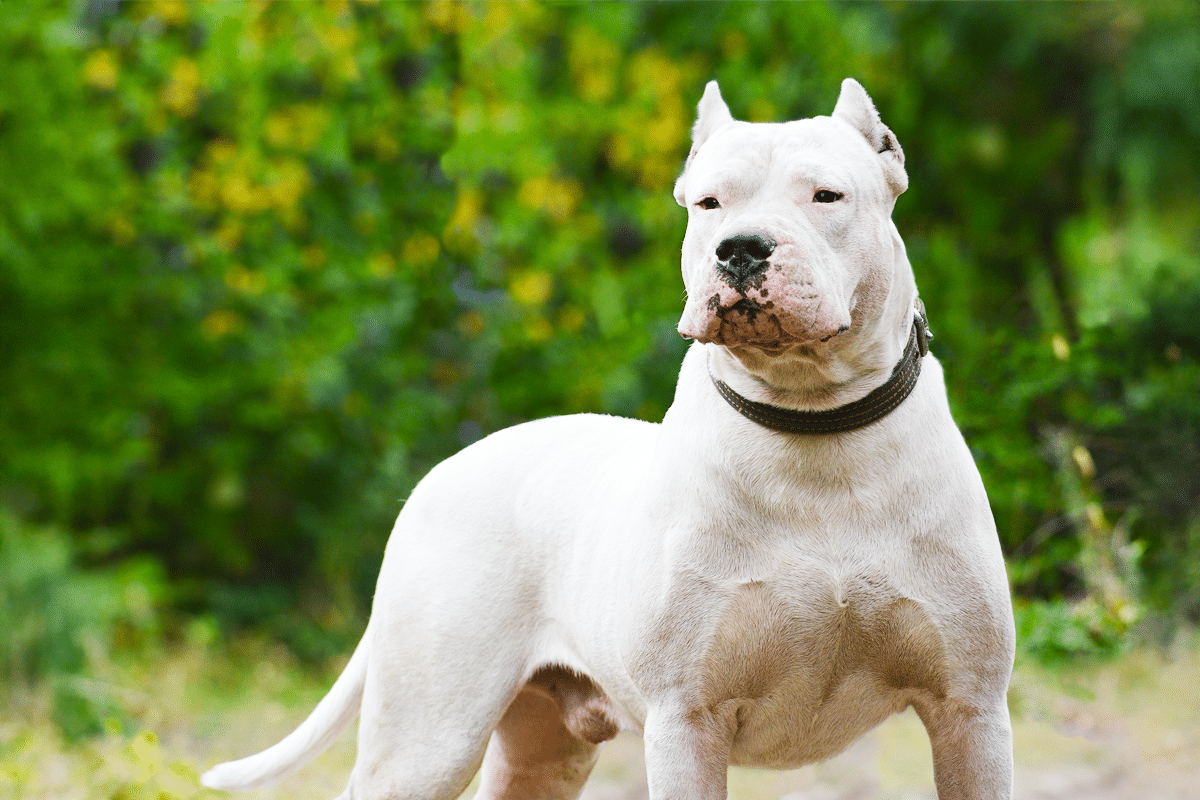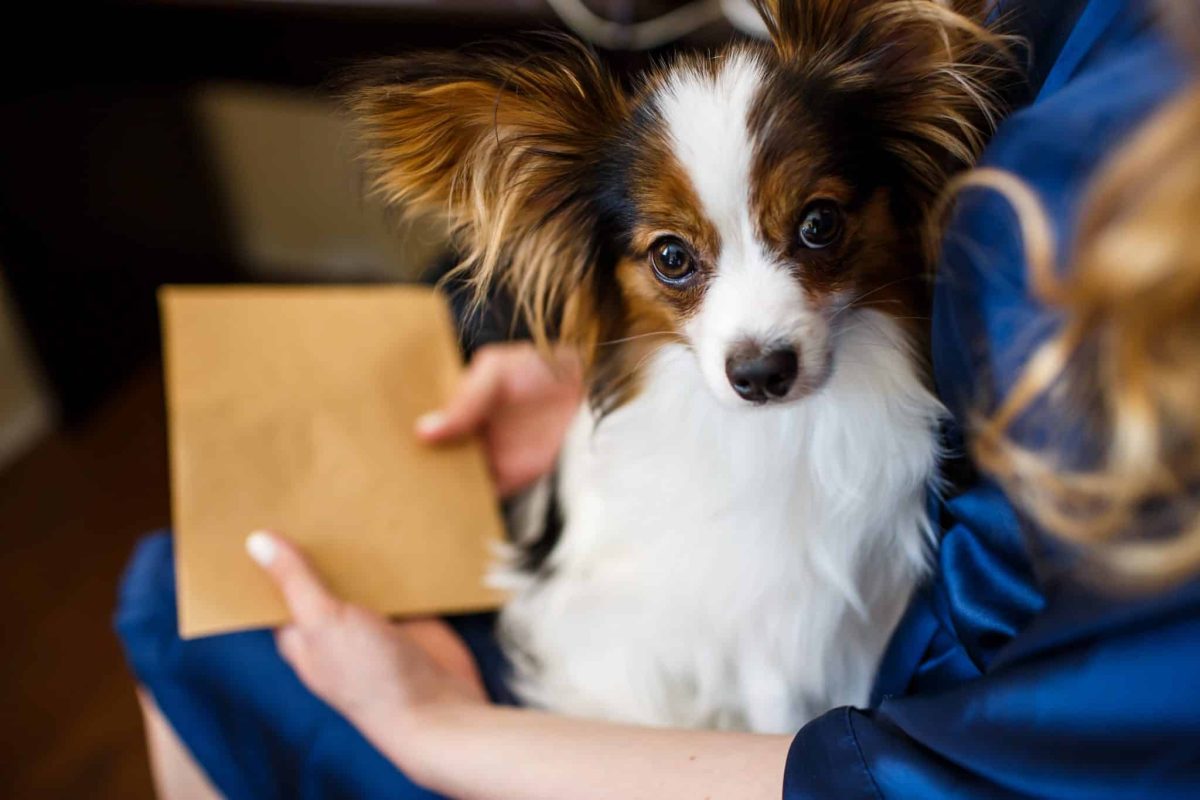Got a Labrador Retriever? These dogs are like the straight-A students of the dog world—super smart, always eager to please, and obsessed with snacks. But just like leveling up in a game, training them takes practice, patience, and a few pro tips.
Whether you’re teaching your Lab puppy to sit or stopping your goofy adult dog from eating your homework, this guide breaks it down step by step. We’ll cover everything from basic commands (sit, stay, “drop that sock!”) to fixing bad habits (chewing, barking, jumping).
Best part? You don’t need fancy gear—just treats, love, and consistency. Let’s turn your wild Lab into the best-behaved buddy on the block!
Foundational Training Principles
Training a Labrador is like teaching your best friend a new game—you need clear rules, fun rewards, and practice! Here’s how to start:
Positive Reinforcement Basics
What it is: Rewarding your Lab instantly when they do something right. Think of it like earning points in a video game—good actions = prizes!
Rewards they’ll love:
- Treats: Small, tasty snacks (like chicken bits or training treats).
- Praise: Say “Good job!” in a happy voice or pat their head.
- Play: Throw their favorite toy for a quick game of fetch.
Timing is everything: Give the reward within 2 seconds of the good behavior. If your Lab sits, say “Yes!” and hand over a treat immediately. Wait too long, and they’ll forget why they’re being rewarded!
Clicker training tip: Use a clicker (a small button that makes a “click” sound) to mark the exact moment they do something right. Click → Treat → Repeat! It’s like a cheat code for faster learning.
Setting a Routine
Labs crave routines—it helps them feel safe and learn faster. Here’s how to build one:
Feeding time: Feed them at the same times daily (e.g., 8 AM and 6 PM). No random snacks—this stops begging!
Potty schedule: Take them out:
- First thing in the morning
- After meals
- Before bed
This teaches them when and where to go.
Training sessions: Practice commands for 5–10 minutes, 2–3 times a day. Pick consistent times, like after breakfast or before walks.
Why it works: Labs learn best with repetition. A routine turns “Sit” and “Stay” into habits, like brushing your teeth every night!
Pro Tip: Stay patient! Labs aim to please, but they’re easily distracted (squirrels! smells!). Keep training fun, and they’ll master skills in no time.
Essential Commands to Teach First
Training your Labrador is like leveling up in a game—start with the basics, then unlock cooler skills! Here’s how to master the first commands:
Basic Obedience (6–16 Weeks)
1. “Sit” – The First Skill
- Step 1: Hold a treat near your Lab’s nose.
- Step 2: Slowly move the treat up and back over their head. Their butt will naturally drop into a sit!
- Step 3: Say “Sit!” the second their hips touch the floor, then reward with the treat and praise.
- Pro Tip: Practice 5 times daily. Soon, they’ll sit without the treat!
2. “Stay” – Level Up the Challenge
- Step 1: Ask your Lab to “Sit.”
- Step 2: Hold your palm out like a stop sign and say “Stay.”
- Step 3: Take one step back. If they stay, say “Yes!” and reward.
- Step 4: Gradually increase distance and time. Start with 3 seconds, work up to 30!
3. “Recall” (Come Here!) – The Safety Superpower
- Step 1: Use a long leash (10–15 feet) in your yard.
- Step 2: Say “Come!” in a happy voice and gently pull the leash toward you.
- Step 3: When they reach you, reward with high-value treats (like cheese or chicken).
- Why It Matters: This could save their life if they bolt toward traffic!
Intermediate Skills (4–12 Months)
1. “Leave It/Drop It” – Stop the Snack Stealing
- Step 1: Hold a treat in your closed fist. When your Lab sniffs it, say “Leave it.”
- Step 2: Wait until they back off, then reward with a different treat from your other hand.
- Step 3: Practice with toys, socks, or food on the ground.
2. Loose-Leash Walking – No More Pulling!
- Step 1: Stop walking immediately when your Lab pulls. Stand still like a tree.
- Step 2: When the leash loosens, say “Yes!” and start walking again.
- Step 3: Reward them for staying by your side with treats or praise.
3. Crate Training – Their Chill Zone
- Step 1: Toss treats into the crate and let your Lab explore it freely.
- Step 2: Feed meals inside the crate with the door open.
- Step 3: Slowly close the door for 5 minutes, then 10, while you’re nearby.
- Pro Tip: Add a cozy blanket and chew toy to make it their favorite spot!
Key Takeaway: Start with simple commands and gradually add challenges. Celebrate small wins—your Lab wants to make you proud!
Advanced Training & Activities
Once your Labrador masters basics, level up their skills with these fun challenges!
Retrieval Skills – Unleash Their Inner Athlete
Labs are born to retrieve—it’s in their name! Turn fetch into a training game:
- Step 1: Start with short throws. Say “Fetch!” when they grab the toy.
- Step 2: Teach “Drop it” by swapping the toy for a treat.
- Step 3: Add challenges like retrieving specific items (keys, remote) or jumping over low hurdles.
- Pro Tip: Use a floating toy for water retrieves—they’ll love swimming!
This sharpens their focus and burns energy. Plus, it’s a blast for both of you!
Agility or Service Work – Superdog Mode!
Agility Training
- Build a mini obstacle course with tunnels, jumps, or cones in your yard.
- Guide them through with treats and praise. Start slow, then race the clock!
- Keyword: “Labrador retriever training”
Service Work
- Train them to help with tasks like carrying bags, opening doors, or calming anxiety (for therapy work).
- Use commands like “Visit” (place head on a lap) or “Bring” (grab an item).
Why it’s great: These activities channel their energy into structured tasks, making them feel like superheroes!
Key Takeaway: Advanced training isn’t just for pros—it’s a fun way to bond with your Lab and keep their brain active. Start small, celebrate wins, and watch them shine!
Troubleshooting Challenges
Even the best-trained Labs hit rough patches. Here’s how to fix common issues without losing your cool!
Stubbornness: When Your Lab Ignores You
Why it happens: Labs get bored repeating the same commands or may not understand what you want.
Fix:
- Make training a game! Hide treats and say “Find it!” to re-engage them.
- Switch rewards—try a squeaky toy instead of food.
- Keep sessions short (5 minutes max) and fun.
Distractions: “But That Squirrel Is RIGHT THERE!”
Why it happens: Labs are curious and easily distracted by smells, animals, or new places.
Fix:
- Start training in a quiet room, then slowly add distractions (e.g., practice “sit” with the TV on, then in the yard).
- Use high-value treats (like hot dog bits) when working outdoors.
- Reward even small successes, like a 1-second “stay” near a distraction.
Regression: “They Used to Know This!”
Why it happens: Labs forget skills if not practiced, or stress (like a new pet or moving house) can disrupt training.
Fix:
- Go back to basics for a week. Practice “sit” and “stay” like they’re brand-new.
- Rule out health issues—pain or hunger can make them act out.
- Stay calm! Frustration will make your Lab nervous.
Key Takeaway: Training isn’t always smooth, but don’t give up! Think of setbacks like a glitch in a video game—adjust your strategy, and you’ll level up again.
Training your Lab doesn’t need fancy gadgets, but these tools make it easier (and way more fun)!
Must-Have Gear
- No-Pull Harness: Stops leash-pulling without hurting their neck. Brands like Ruffwear or Kurgo work great.
- Clicker: A $2 clicker helps mark good behavior instantly—like a video game “achievement unlock” sound!
- Chew Toys: Kongs stuffed with peanut butter keep them busy and save your shoes.
Books for Lab Lovers
- Your Labrador Retriever Puppy Month to Month: A step-by-step guide covering everything from potty training to fixing bad habits. Think of it as a “Labrador manual”!
Courses & Certifications
- AKC Canine Good Citizen Program: Teaches manners like walking politely and staying calm around strangers. Pass the test, and your Lab gets an official title—like a doggy diploma!
Pro Tip: Mix and match tools based on your Lab’s personality. Some dogs work for treats, others for toys—find what clicks!
FAQS.
How long does it take to train a Labrador?
Training a Lab is like homework—basic commands (sit, stay) take 1–2 weeks with daily practice. Advanced skills (loose-leash walking, retrieving) can take months. Puppies learn faster than adults, but consistency is key! Think of it as leveling up in a game—keep grinding, and they’ll get there!
Are Labs easy to train compared to other breeds?
Yes! Labs are one of the easiest breeds to train because they’re food-obsessed and love making you happy. Compared to stubborn Huskies or easily distracted Pugs, Labs are like the “teacher’s pet” of dogs. Just avoid boring drills—keep it fun, and they’ll ace every lesson!
How do I start training a Labrador Retriever puppy?
Start with basic commands like “sit” and “stay” using positive reinforcement. Reward good behavior with treats or praise. Keep sessions short (5–10 minutes) and practice daily. Focus on consistency and patience to build trust and help your puppy learn quickly.
What is the best way to stop a Labrador from pulling on the leash?
Use a no-pull harness and stop walking immediately when your Lab pulls. Wait until the leash is loose, then reward them with treats or praise. Practice regularly, and they’ll learn to walk calmly by your side.
Can I train an older Labrador Retriever?
Yes, you can train older Labradors! They may take longer to learn than puppies, but with patience and positive reinforcement, they can master new commands and improve their behavior at any age.
Conclusion
Training a Labrador Retriever—whether a classic black, yellow, or rare Silver—is like teaming up with your favorite video game sidekick. You’ve got the cheat codes: treats, routines, and patience are your power-ups! Remember, Labs love making you happy, but they need your time and energy to learn commands, stop chewing shoes, and stay calm around squirrels.
Thinking about a Silver Labrador? Their sparkly coat is awesome, but it’s not all rainbows. They might cost more, face debates about their breed, and need extra care for skin or health issues. Always pick a breeder who cares about health, not just color.
Whether you choose a Silver Lab or not, training is a wild ride—full of slobbery kisses and “Aha!” moments. Stay consistent, keep it fun, and you’ll unlock the best companion ever. Ready to hit “start” on this adventure? Your Lab’s ready to play!



















 English (US) ·
English (US) ·